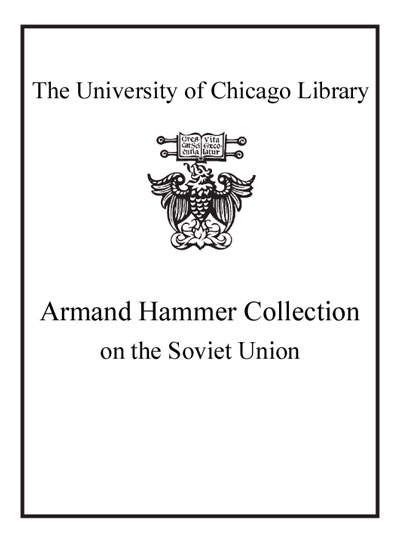Art in the era of Alexander the Great : paradigms of manhood and their cultural traditions /
Saved in:
| Author / Creator: | Cohen, Ada. |
|---|---|
| Imprint: | New York : Cambridge University Press, 2010. |
| Description: | xxiii, 398 p. : ill. ; 27 cm. |
| Language: | English |
| Subject: | |
| Format: | Print Book |
| URL for this record: | http://pi.lib.uchicago.edu/1001/cat/bib/8142151 |
Table of Contents:
- List of Illustrations
- Abbreviations
- Acknowledgments
- Preface
- 1. Introduction: Themes And Issues
- Chains of being
- The question of thematic connections and metaphors: Preliminaries
- In and out of context
- Art and reality
- 2. Figural Mosaics In The House Of The Abduction Of Helen At Pella: Three Themes
- Connections, metaphors, and program: Language and art
- The House of the Abduction of Helen at Pella: A gendered floor plan in broader context
- The deer hunt
- Absorption or theatricality?
- Theseus' abduction of Helen
- Abduction or rape?
- Identities in stories of mythological abduction
- Life and representation
- Pella's Amazonomachy
- Male monumentality
- 3. Master Of Lions (And Other Animals)
- Lion hunting in the House of Dionysus at Pella
- Lions in Greece?
- Macedonian hunting as introduction to manhood: Boar hunt
- Of lions and men: Some associations of the lion motif
- The power of naming and the stasis of spectacle
- Event or mentality?
- Hunting in the East and the West: Royal associations
- Lion attacks, griffin attacks, and animal fights: Might makes right in the fourth century
- Might makes right: A brief history
- Animal attacks and meaning
- Man the predator
- Predation and ideology
- 4. War As Hunt; Hunt As War?
- Analogy and program
- The warrior's education
- War, hunt, and women
- Battlescapes
- Battle and hunt: Ambiguities and ôsofter factsö
- Hunt as metaphor
- 5. Rape As Hunt; Hunt As Rape?
- Male sexuality and the hunt in the longue durée
- Sexual aggression and the Greek hunt
- The visual dimension
- Rape as hunt: Art and the cognitive dimension
- Man the sexual predator
- Hunt as rape
- 6. Rape As War; War As Rape?
- The Alexander Mosaic: Battle as rape?
- Linguistics and/as mentalities
- Phallic weapons
- Sexuality and/as warfare
- Rape as a consequence of war, and vice versa
- 7. Abduction And Femininity
- Persephone at Vergina: Descriptive and expressive properties
- Abduction in the tomb: Symbolism, contexts, parallels
- Art and the literary connections
- Art and ritual
- Gender dimensions: Persephone and other victims of rape
- Abduction, rape, marriage: Textual and iconographic perspectives on consent and coercion
- Female nudity at Vergina
- 8. Hunt And Masculinity
- Hunt at Vergina: Descriptive properties
- Artistic coordinates: Color, style, space
- The spaces of masculinity: Landscape and bodyscape
- Identities and dates: What do we want to know?
- Short-lived meanings, long-lived themes
- Two types of heroes
- Hunting in the tomb
- Spectacular masculinity and performative bodies
- Epilogue: Fixing The Pose
- Notes
- Bibliography
- Index

